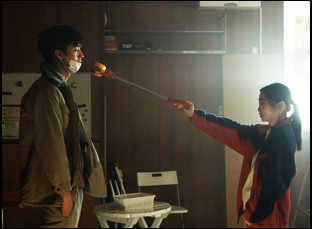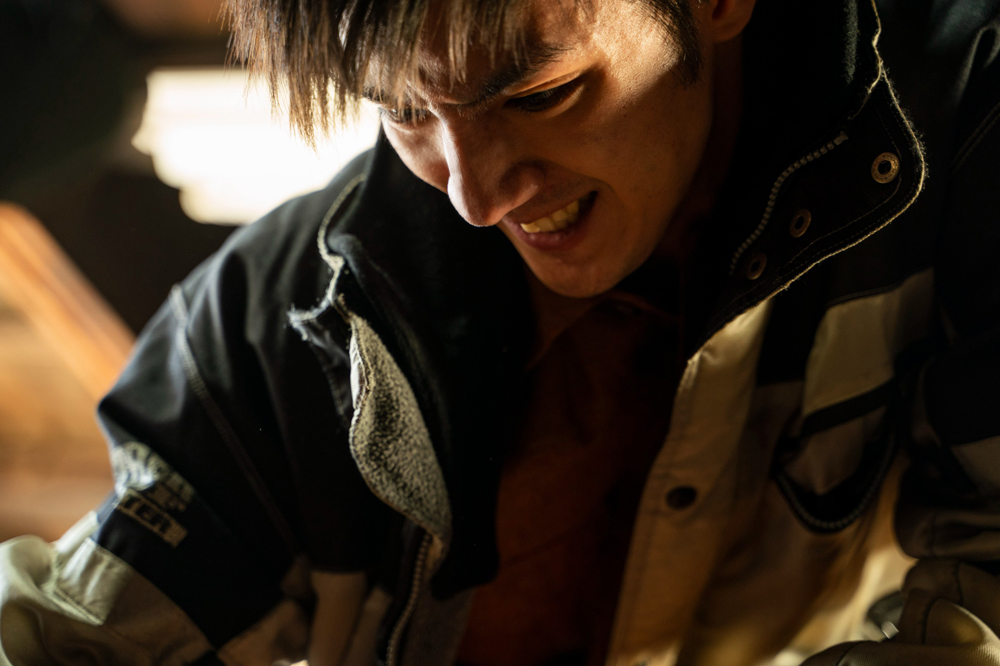Harada (Jiro Sato) is a broken man when he is first introduced in “Missing,” picked up by the local authorities when he attempts to steal some food from a convenience store that he can’t afford to pay for, leading his teenage daughter Kaede (Aoi Ito) to come bail him out. They may return home together, but only one remains in the morning when Harada is nowhere to be found, unable to stay in the house where he cared for his wife stricken with ALS and now he feels his daughter would be burdened with taking care of him and leaving no trace of where he might be headed next. Although Kaede struggles for clarity as she searches for her father in Shinzo Katayama’s beguiling mystery, the filmmaker has a clear grasp of the uncertainty of being a young adult, unsure of whether to take the reins when the person who raised her can no longer be counted on, taking inspiration in a variety of directions when his own father told him something he couldn’t believe could be true.
“When I was a high school student, my father told me he saw a fugitive, a serial killer on the train,” recalled Katayama via a translator. “I didn’t believe him, and I thought he was lying, but after a few years, it was in the news that this serial killer was caught and I realized it was the same serial killer that my father was talking about. I realized these things really actually happen, and that was the inspiration for writing this script.”

“I really wanted the main character to be this 14-year-old girl who was very pure and who starts being involved in these very horrific incidents,” says Katayama, who makes sure to put Kaede through the ringer once she learns more about the connection between the reticent stranger and her father, taking her out of the city to the coastline where much is buried beneath the sand.

“We filmed it in Osaka and there’s a scene in the crosswalk where the main character is and there you see a bike coming and when the light changes, it comes into frame, but it was actually a miraculous great timing,” Katayama marvels. “He was not an extra. It was an actual person on a bike that did that, so that was one of the things that I think went well miraculously.”
Due to a limited production schedule, there was little time to rehearse such scenes – as Katayama explained, “Mostly it was done on set, so we’d do a rehearsal on set and then we’d do the actual take, but through that, we would get to know the character” – but if there was any lack of time to prepare, it doesn’t show up in the final product, which has been well-received around the world since premiering in Busan last year and becoming a favorite at genre fests such as Fantasia Fest in Montreal and Fantastic Fest in Austin. Although the film looks at grief and the unexpected implications and connections it creates, Katayama has taken away a lot of joy from seeing how “Missing” has resonated with audiences around the world.
“I’m extremely happy, especially that it’s going to be released in North America,” says Katayama. “I think it’s good for my career as well, so I’m very excited.”
“Missing” opens on November 4th in New York at the Film Noir Theater, Los Angeles at the Laemmle Glendale and in Columbus, Ohio at the Gateway Cinema. It will be on VOD on November 18th and Blu-ray on December 6.




